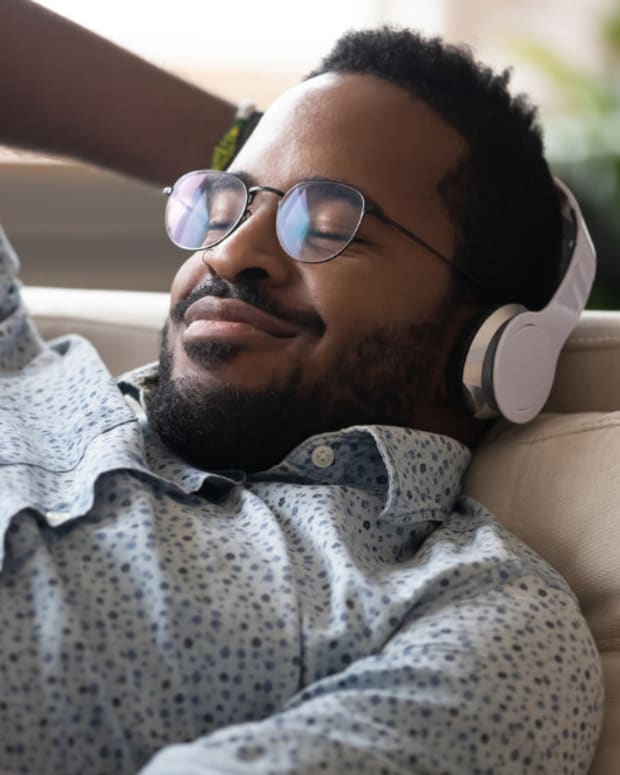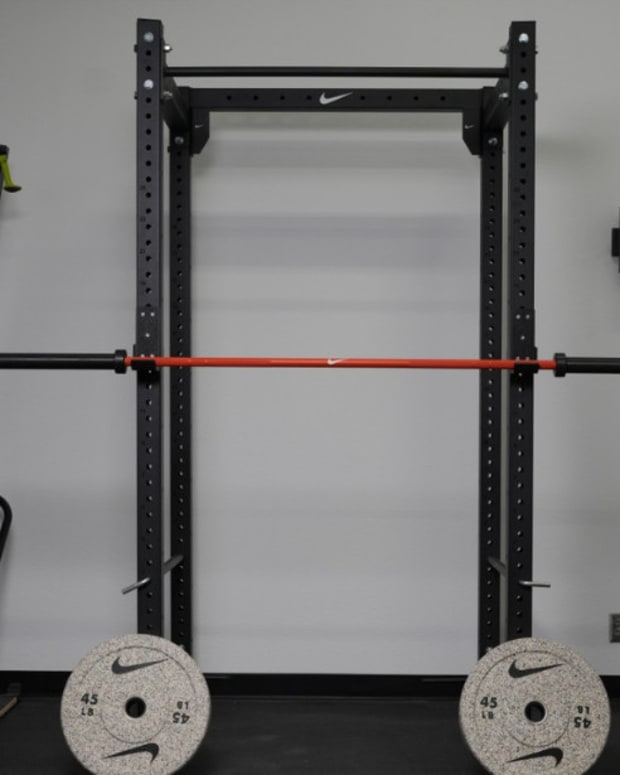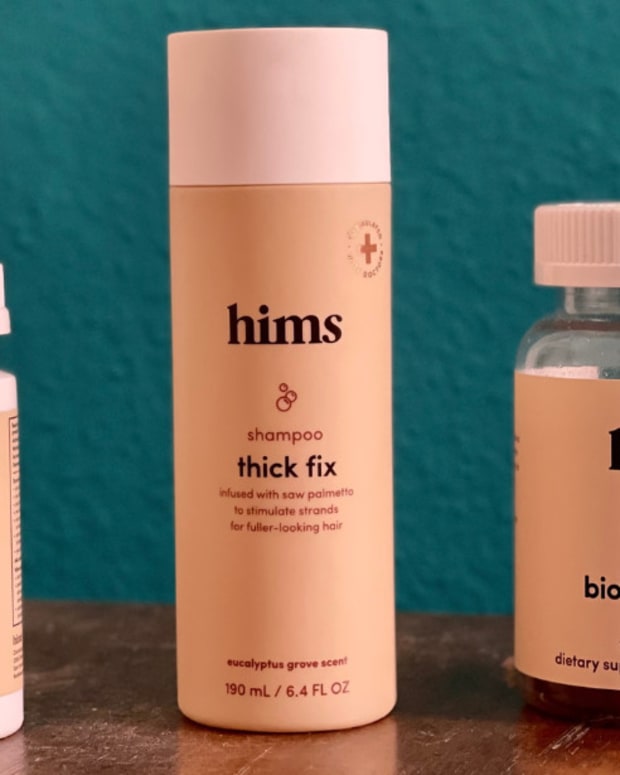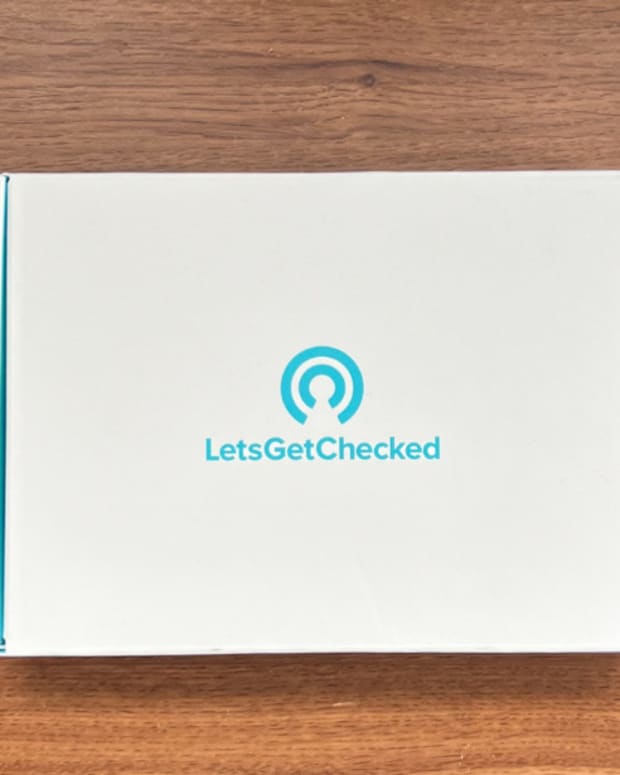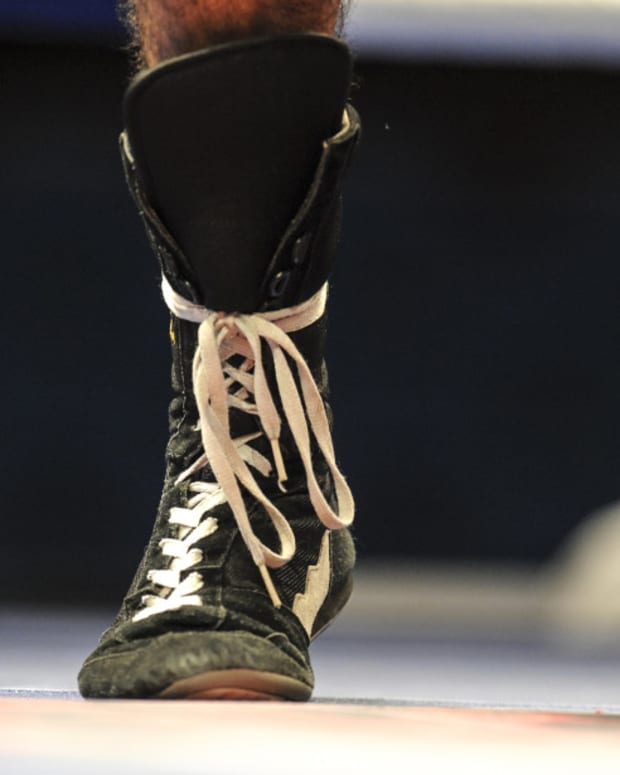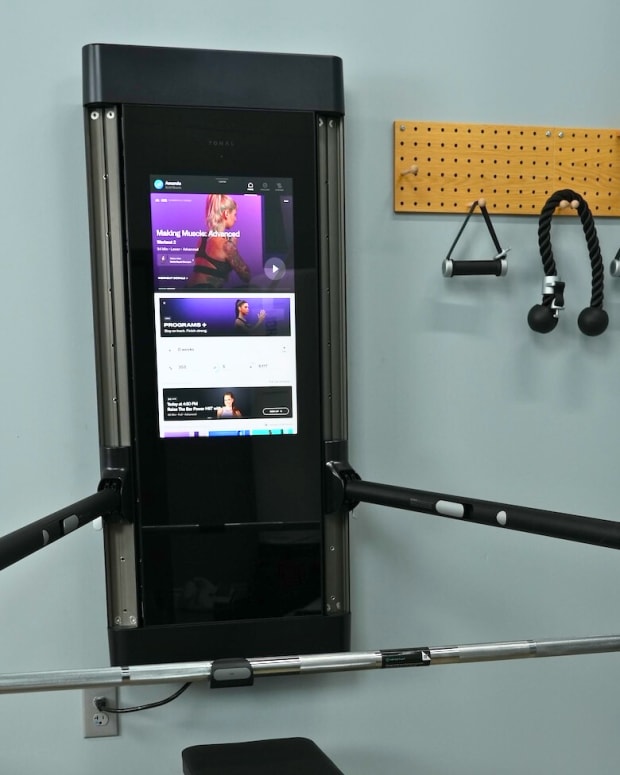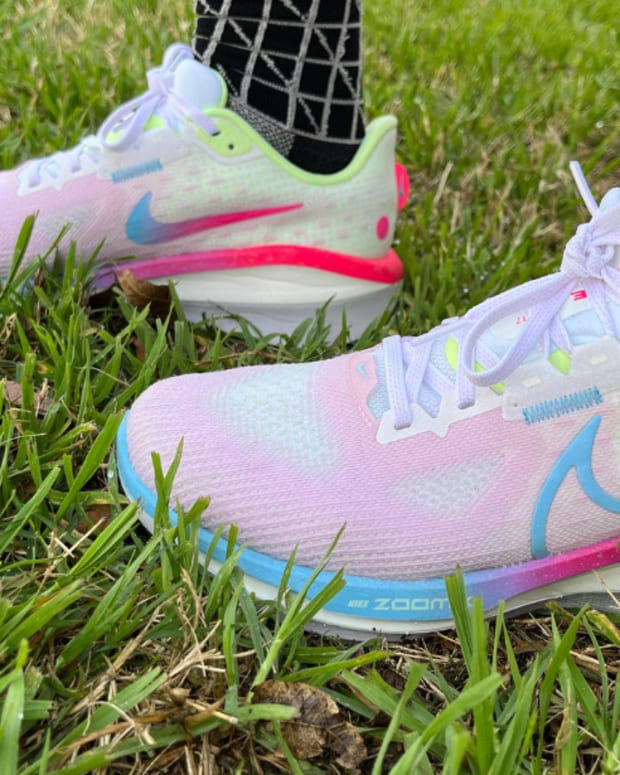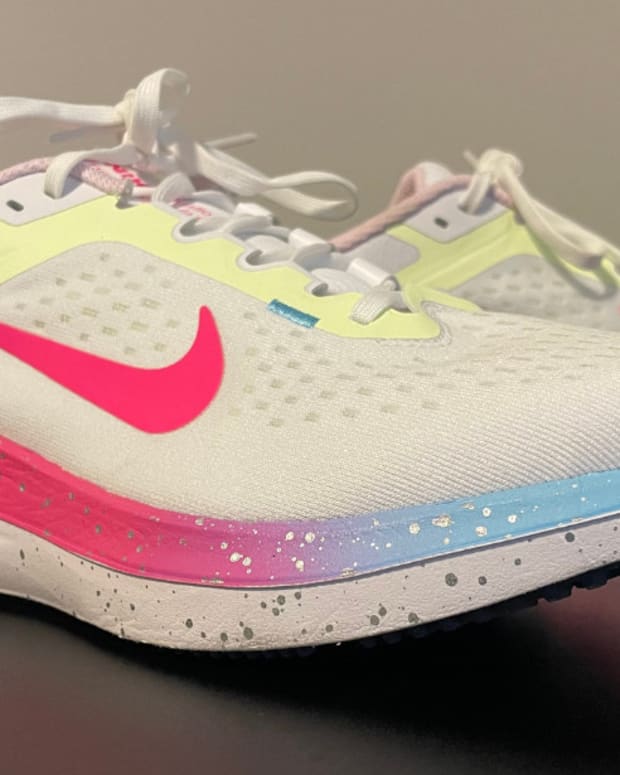The products featured in this article have been independently reviewed. When you buy something through the retail links on this page, we may earn commission at no cost to you, the reader. Sports Illustrated editorial staff are not involved in the creation of this content. Learn more here.
Whether you need to decompress after a day of work or ease tension in tight muscles after a good workout, the best foam rollers may be able to help. Some studies indicate that they are an effective and affordable way to relieve pain and stress, promote blood flow and help your body heal faster after exercising. People typically use foam rollers work to smooth out the knots that form in the connective tissue around your muscles due to physical activity, anxiety or stress.
Many people swear by their foam roller for eliminating tension and improving their joint range of motion before and after exercise. Of course, just make sure to treat your foam roller the same way you would treat any other piece of workout gear: Know how to use it properly, which we’ll address in more detail below. Like any other piece of equipment you might add to your home gym, there are ways to use a foam roller so you achieve its full benefit—and plenty of incorrect ways that can shortchange and even harm you.
But what exactly makes a good foam roller? Well, that largely depends on your specific needs and goals. They come in different sizes and offer various textures and densities for all kinds of muscle recovery and knot massaging. We’ve compiled our top picks based on what we consider essential categories.
Our Picks for the Best Foam Roller:
- Best Overall Foam Roller: TriggerPoint GRID Foam Roller
- Most Affordable Foam Roller: Gaiam Restore Compact Textured Foam Roller
- Best Foam Roller for Beginners: Merrithew Flex and Therapy Bar
- Best Foam Roller for Neck and Shoulders: The NUCKLE by Aletha Health
- Best Travel Foam Roller: Brazyn Morph Bravo Collapsible Roller
- Best Foam Roller for Runners: Gaiam Restore Total Body Massage
Best Overall Foam Roller: TriggerPoint GRID Foam Roller
The TriggerPoint GRID foam roller offers a highly targeted and effective self-massage thanks largely to its unique surface design—which is also environmentally friendly to boot! The GRID foam roller is constructed from EVA foam around a rigid hollow core that lends itself to long-lasting durability. The foam surface is designed with different densities, patterns and widths. This makes it a very versatile foam roller. You can adjust the amount of pressure you put on specific muscles simply by changing the zones you use. Though one of the larger foam rollers on this list, it’s still quite portable, coming in at about 13 inches long and a little over 5.5 inches around.
Overall, we found the TriggerPoint GRID Foam Roller had the perfect density for soothing achy muscles and stretching before exercise, and it’s widely used by physical therapists, personal trainers and athletes alike. It has a 500 pound weight limit and it comes with a one-year warranty, which is a nice perk for a highly effective foam roller.
Most Affordable Foam Roller: Gaiam Restore Compact Textured Foam Roller
A foam roller is a relatively affordable addition to your equipment bag or collection of home gym equipment that offers a big return on investment. Still, there’s never any harm in getting the best deal possible on a quality foam roller. Like every other piece of workout gear available today, you’ll find that foam rollers range in cost from the “too good to be true” bargain to the “I’m not paying that much!” sticker price. The Gaiam Restore Compact Textured foam roller fits in the former category in terms of its price, but we can assure you that it most definitely is the real deal where it counts most.
Gaiam distilled the concept of a foam roller down into a compact, travel-friendly model without stripping away the essential elements of what makes a foam roller effective. The Restore Compact measures 12 inches long and 4 inches in diameter, making it well-suited for single arm and single leg massaging. Hardcore athletes may want to look at something a little bigger and denser, but the Gaiam Restore Compact Textured foam roller is ideal for anyone taking yoga or looking to relieve any tension and stiffness that result from daily life.
Best Foam Roller for Beginners: Merrithew Flex and Therapy Bar
If you’ve never used a foam roller before, we’d caution against immediately diving into the deep end, so to speak. The Flex and Therapy Bar is the best muscle roller for beginners of all ages and body types due to its soft foam construction, and its textured surface is perfect for elderly people doing strength training. It’s just over 12 inches in length and under 2 inches in diameter. The dimensions make it extremely portable, and it’s ideal for working on hand, wrist and forearm strength, as well as increasing range of movement. Because you can flex and twist it in all sorts of ways for resistance training, we found the Merrithew Flex and Therapy Bar is particularly useful for the prevention and treatment of wrist and elbow injuries.
Best Foam Roller for Neck and Shoulders: The NUCKLE by Aletha Health
Few things are as debilitating as neck, head and shoulder pain. That’s why we included the NUCKLE on this list. While not shaped like the other foam rollers, this uniquely designed tool was created by a physical therapist to target the muscle groups where the tension responsible for this sort of pain resides. Unlike the other foam rollers on this list, the NUCKLE is designed to stay in place. Instead of rolling it, you lean or press into it. It can be used to apply targeted pressure relief to the trigger points that cause tension headaches and migraines, neck stiffness, shoulder pain and limited range of motion.
The NUCKLE takes the anatomical shape of a skilled therapist’s fingers and it comes with three sets of tips that offer different shapes, angles and widths. And while there’s a 60-day money-back guarantee, we’re confident you’ll notice the NUCKLE is worth every penny in no time flat.
Best Travel Foam Roller: Brazyn Morph Bravo Collapsible Foam Roller
Brazyn declares its Morph collapsible foam roller the most portable foam roller in the world. We reviewed the Morph first and foremost for its capabilities as a foam roller and we were impressed. In its expanded form, is 14.5 inches long and 5.5 inches in diameter, making it a full-surfaced foam roller that offers the full gamut of self-massage techniques. It can also support a body weight of over 350 pounds.
But what about Brazyn’s portability claims? When we tested the Morph, we found it collapses instantly for easy travel and storage. Its diameter shrinks down to 2 inches when flattened, which is smaller than two folded t-shirts (another claim by Brazyn that we can verify is accurate). This makes the Brazyn the most travel-friendly roller on this list. And it’s not just the roller’s slim physique that makes it the best travel foam roller: The Brazyn is also TSA-friendly and weighs only 1.5 pounds.
Best Foam Roller for Runners: Gaiam Total Body Foam Roller
Running outside or on a treadmill for home can be hard on the muscles and joints due to its high-impact nature. If not careful, runners can suffer a litany of injuries that include pulled or strained calf muscles, sprains, strains and tendonitis, which is why proper warm up and post-workout stretching is recommended for runners of all experience levels. The Gaiam Total Body foam roller is designed to reduce sore muscles in the arms, legs and lower and upper back. It also aids in recovery and improves blood circulation. Its 36" length can be used to massage away tightness and soothe pain by compressing and stretching your muscles across your body. It provides the kind of deep tissue massage necessary to relieve the pressure hiding in your lower back, glutes, quads and hamstrings after a run.
Why Buy a Foam Roller?
If you’re a highly active person or starting a new workout routine, a foam roller can help ease the kinds of muscle pain and inflammation that are the driving forces behind stiffness, muscle soreness, neck, head, shoulder and back pain—all of which can increase the likelihood of injury. If you’re also working on increasing your flexibility, a foam roller can help increase your range of motion.
Of course, a foam roller is also a great way to unwind because it can smooth out tension in the muscles where many of us tend to carry stress. So even if you’re not highly active or trying to get into better shape, a foam roller can still be a solid part of your relaxation routine.
Recovery is an essential part of any workout routine, whether you participate in daily cold plunges to ward off inflammation or foam roll every night before bed. Regular recovery can keep your muscles and joints healthier, allowing you to perform better during exercise and in other areas of your life.
How Do You Use a Foam Roller?
Most of the foam rollers we covered on our list come with either booklet instructions or video tutorials (in some cases, both). Regardless of which foam roller you choose, it’s important to review its instructions. It’s even more important to start small and go slow. This means light pressure for roughly 1 inch per second. If you come across a sore spot while rolling, stop and apply pressure for at least 30 seconds and no more than one full minute. While holding, focus on your breathing and relaxing the muscle, which will encourage the knot to ease up.
And when we say slow, we mean it. You want to ease into using a roller over weeks or even months. As you start rolling, don’t apply pressure to the point of discomfort. Listen to your body and know when to dial back. Also, you’ll want to start with basic rolling movements and add more comprehensive techniques once you feel comfortable doing so.
How Often Should You Use a Foam Roller?
There's not a consensus on how often you should use a foam roller. The frequency depends on the severity of the pain you're experiencing and the tightness of your muscles. It's possible to agitate your muscles by rolling them too much; after all, you probably wouldn't get a deep tissue massage every single day. A good rule of thumb is two to four times a week, unless otherwise directed by your physical therapist.
Foam Roller FAQs
What's the Best Size Foam Roller to Get?
Length: Foam rollers that are longer in diameter, roughly 13 inches and greater, are better suited for anyone looking to do rolling movements that involve both legs at once, or target broader areas such as the back. Typically, rollers that are shorter are better suited for travel but not quite as versatile as longer foam rollers (unless, of course, we’re talking about the Morph foam roller).
Runners, professional athletes and anyone undergoing physical training may want to consider full-sized foam rollers, which run approximately 36 inches in length and 6 inches in diameter. Longer rollers are also better suited for core strength training and improving balance. On the other hand, if you’re someone just getting started or undergoing physical therapy, then shorter rollers typically 12 inches or less may be your sweet spot.
Diameter: Most foam rollers you’ll find are 5 to 6 inches in diameter, with some as small as 4 inches. Rollers with a larger diameter offer better control overall and help you relieve tightness in large muscle groups like your legs and glutes, while those with a smaller diameter help you target smaller muscles and offer greater precision.
Are Bumpy Foam Rollers Better?
Smooth rollers are perfect for beginners because they’re less intense—and generally more affordable, too. For intermediate and advanced users, textured rollers have a variety of ridges, patterns and knobs capable of a deep massage. No two foam roller texture types and patterns are the same from model to model and some offer more texture variety than others. The more texture variety, the greater range of rolling techniques available. But remember, more isn’t always better. The most important thing is finding a foam roller that delivers the kind of self-massage you need.
What Firmness of Foam Roller Should I Get?
The density of a foam roller refers to how hard or soft it is. A roller with a soft density like the Merrithew Flex and Therapy Bar is better suited for beginners or anyone looking for low-intensity massaging. That’s because soft density rollers can offer greater flexibility for activities like resistance training and don’t work muscles on a deep level, so risk is minimized. On the other hand, more experienced users and athletes will likely need a firm roller with a higher density, so they can work out the kinds of knots that result from high-intensity exercise. The trade-off for dense rollers is that they’re less flexible, so they’re not as helpful for physical therapy and resistance training activities.
What's My Budget?
Across the board, foam rollers are generally affordable when compared to other types of training equipment. In fact, most rollers aren’t really priced necessarily according to quality, but rather purpose and experience level. Softer rollers with a smooth surface intended for more basic de-stressing activities and resistance training tend to range anywhere from $10 to $30. Meanwhile, rollers intended for more experienced users can range anywhere from $15 to $70 and higher.
Final Thoughts
With the right foam roller in your gym bag or home office drawer, you’ll have a great tool for keeping muscle tension, pain and stiffness at bay. Choose one of our six top picks for the best foam rollers available today. We promise you won’t feel sore about it later.
Prices are accurate and items in stock at time of publishing.







